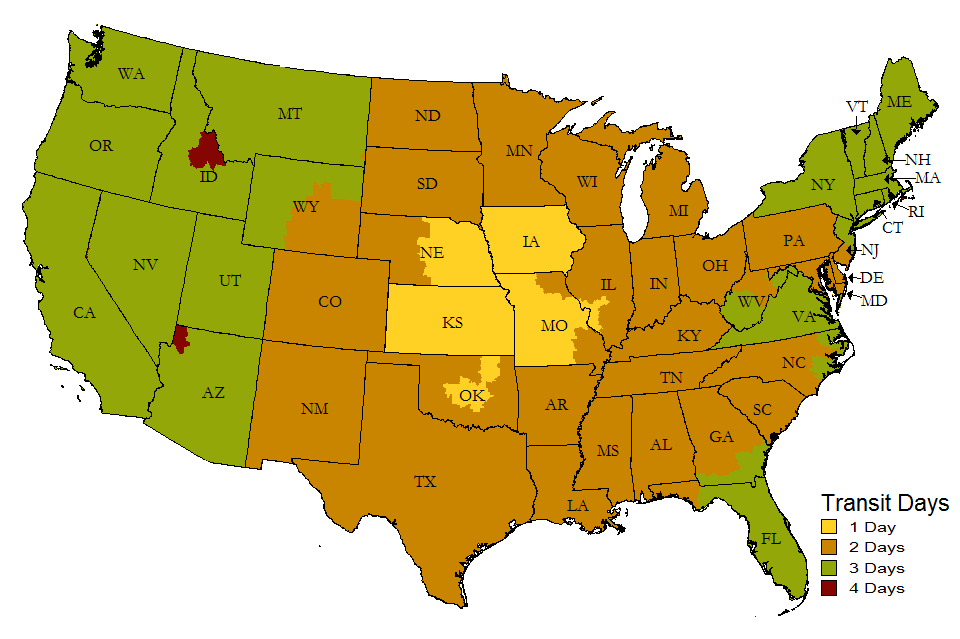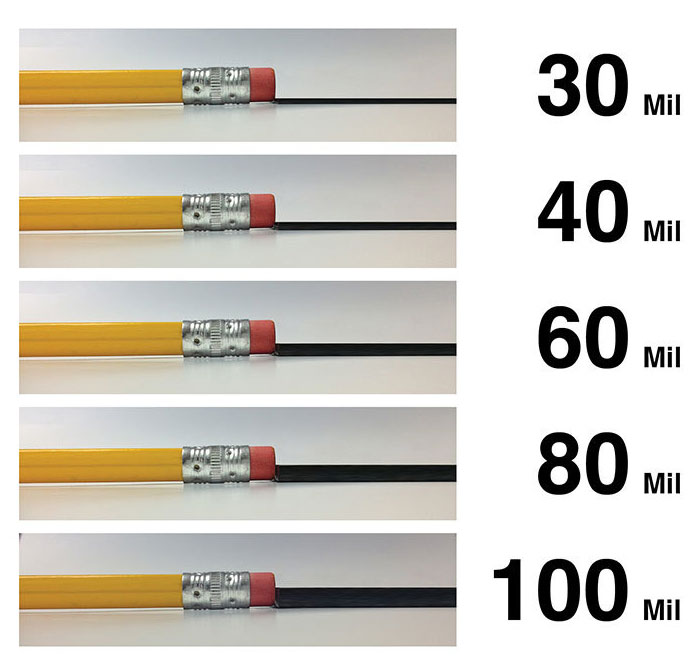Trench Liner - Waterproof
FREE SHIPPING
Our trench liner is a waterproof material that is composed of HDPE. Designed to be rugged and able to withstand the demands of a job site, the material is puncture and tear resistant while still retaining flexibility. When installed as a trench liner the HDPE is typically laid in the excavated trench with rocks placed directly on top. If multiple pieces are joined to line a long trench the material can be overlapped and connected using our HDPE double sided seam tape (not included).
The HDPE trench liner is available in roll widths racing from 18” to 60” and from thicknesses racing from 40 mil to 100 mil. Rolls are available in 100’ lengths. The material is made in the USA.































